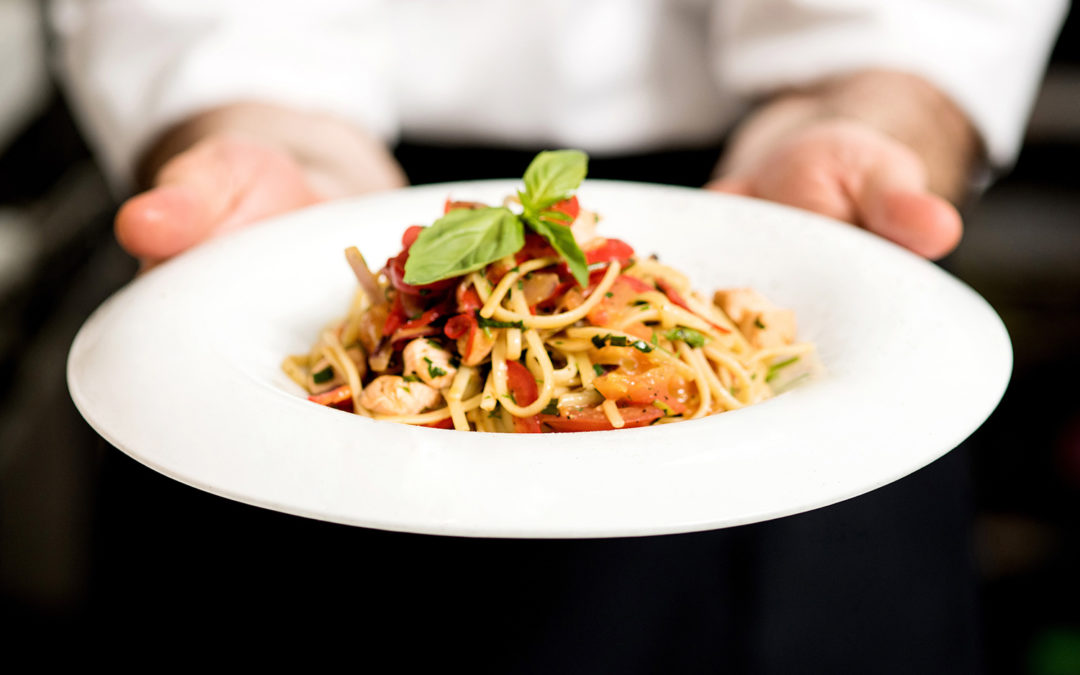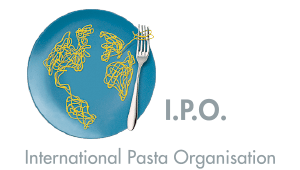What pasta is going to look like in 30 years? This is the question the 21st edition of World Pasta Day will try to answer. In a world getting hungrier and hungrier for pasta (in 10 years, the consumption has almost doubled, from 9 to about 15 million tons per year), Italy is still the benchmark of this food. Not only it is the country producing, consuming and exporting more but, more importantly, it exported all over the world the Italian way to cook and eat it with taste, creativity, passion for good food and care for well-being. It is only to be expected that the ideal place to discuss about the future of pasta in the next 30 years is the same where spaghetti & Co. are integral to a worldwide recognized and appreciated gastronomic tradition.
On the occasion of World Pasta Day, an event created and organized by Unione Italiana Food (former Aidepi) and IPO – International Pasta Organization that celebrates the iconic dish of the Mediterranean Diet on the 25th of October every year, Italian pasta makers are launching an initiative to give it back its central role in a good and healthy diet.
Institutions, stakeholders, chefs, restaurants and pasta lovers will be involved in the “Al Dente” festival (http://aldente.worldpastaday.org/en/) through several special initiatives by Unione Italiana Food that pay homage to the uniqueness of pasta and of the Italian lifestyle and also try to detect the possible consumption trends over the next 30 years.
Al dente: future pasta trends on restaurants’ menus and social media for 7 days – Unione Italiana Food and IPO invites all chefs working in Italy and abroad to convey the truly Italian passion for pasta with one dish. They will express their creativity creating a pasta dish inspired to this edition’s theme, #pasta2050, which will be on their restaurant menu for one week, from the 18th to the 25th of October. The invitation is also extended to bloggers and pasta lovers who will join a “virtual spaghetti dinner” on the 25th by using the hashtags #pasta2050 and #WorldPastaDay. Everybody is invited to share photos and videos about their #pasta2050 concept during a day full of tweetups, Facebook events and Instagram moments to celebrate the present and future of pasta.
The heart of World Pasta Day 2019 will be the “Al Dente” digital platform (http://aldente.worldpastaday.org/en/) whose name immediately recalls the Italian passion for the perfect pasta cooking style and the excellence of the centuries-long art of pasta making. Chefs and restaurants can sign up for the festival until the 30th of September and download the kit including the 6 #pasta2050 trends, the theme of World Pasta Day 2019. All pasta lovers willing to taste an artistic interpretation of pasta dishes can look up the list of participating restaurants on the website.
Pasta, that’s how we will eat you in 2050 – Chefs and pasta lovers will be inspired by the 6 main trends that will mark pasta consumption from now to 2050. They were detected by Unione Italiana Food after a one-day-long full immersion gathering of professionals (university professors, sustainability experts, sociologists, journalists, nutritionists, pasta makers, designers, chefs, food bloggers and experts in future food scenarios) who discussed about the future of pasta in the framework of world food evolution and tried to imagine the trends that will mark the consumption of this worldwide loved food over the next decades.
These are the trends that came out of the discussion:
- I EAT TRADITIONAL – Pasta with tomato, the flagship of the Mediterranean diet in the world. Italian Millennials have already defined it as the pasta of the future. Spaghetti with tomato are the embodiment of conviviality and eater-tainment: they are much more than just a simple dish, they represent a lifestyle Italy will continue to export worldwide, alongside the uniqueness and quality of durum wheat pasta.
- I EAT ETHICAL, pasta, vegetables and sustainability – Sustainable food par excellence, pasta will be more and more often accompanied by home-grown products, in the spirit of a new “green” trend. Many traditional recipes – from ragù to Carbonara – will make way for new vegetable-based classics within few decades. Those will be organic and anti-waste recipes for a more responsible and sustainable approach benefitting the environment and human health.
- I EAT GLOBAL, pasta fusion, a world of contaminations – Versatile and glocal. If there is some food able to adjust to the several cultural and food traditions of the world, surely pasta will have to accept more and more often the challenges of taste globalization and Ego Food. We will stop surprising if people in Arabic countries do not use guanciale for Carbonara though they still continue to prefer it cooked “al dente”, an essential aspect all over the globe.
- I EAT DIFFERENT, pasta with ingredients still to be discovered – First was whole wheat pasta; then legumes (peas, beans, chickpeas) meal, spelt or kamut pasta. But the future will be different – so say experts – and there is already someone foreseeing spirulina tagliatelle or pennette with inspects, maybe even 3D-printed. In a world where innovation runs faster and faster, surely pasta will have to meet less and less standardized but more and more advanced consumption demands over the next decades.
- I EAT SIMPLE, more and more basic and healthy pasta – Less is more. From smaller portions to shorter lists of ingredients, the future will be in the name of simplicity. A new balance among taste, health and cooking skills will revolutionize our eating patterns. Healthy will win over gourmet: simple and basic sauces, express and healthy meals for different eating occasions.
- I EAT CONSCIOUS, the correct information challenge to reaffirm that pasta is good, safe and sustainable – The future of pasta also involves correct information. On the one hand there is customers’ legitimate desire to search and receive information by food producers and to choose by knowing the product better; on the other hand, there is an unstoppable and uncontrolled flow of fake news that confuses customers. For pasta to continue having a pivotal role in world nutrition, it is necessary to clarify what is true and what is not.



